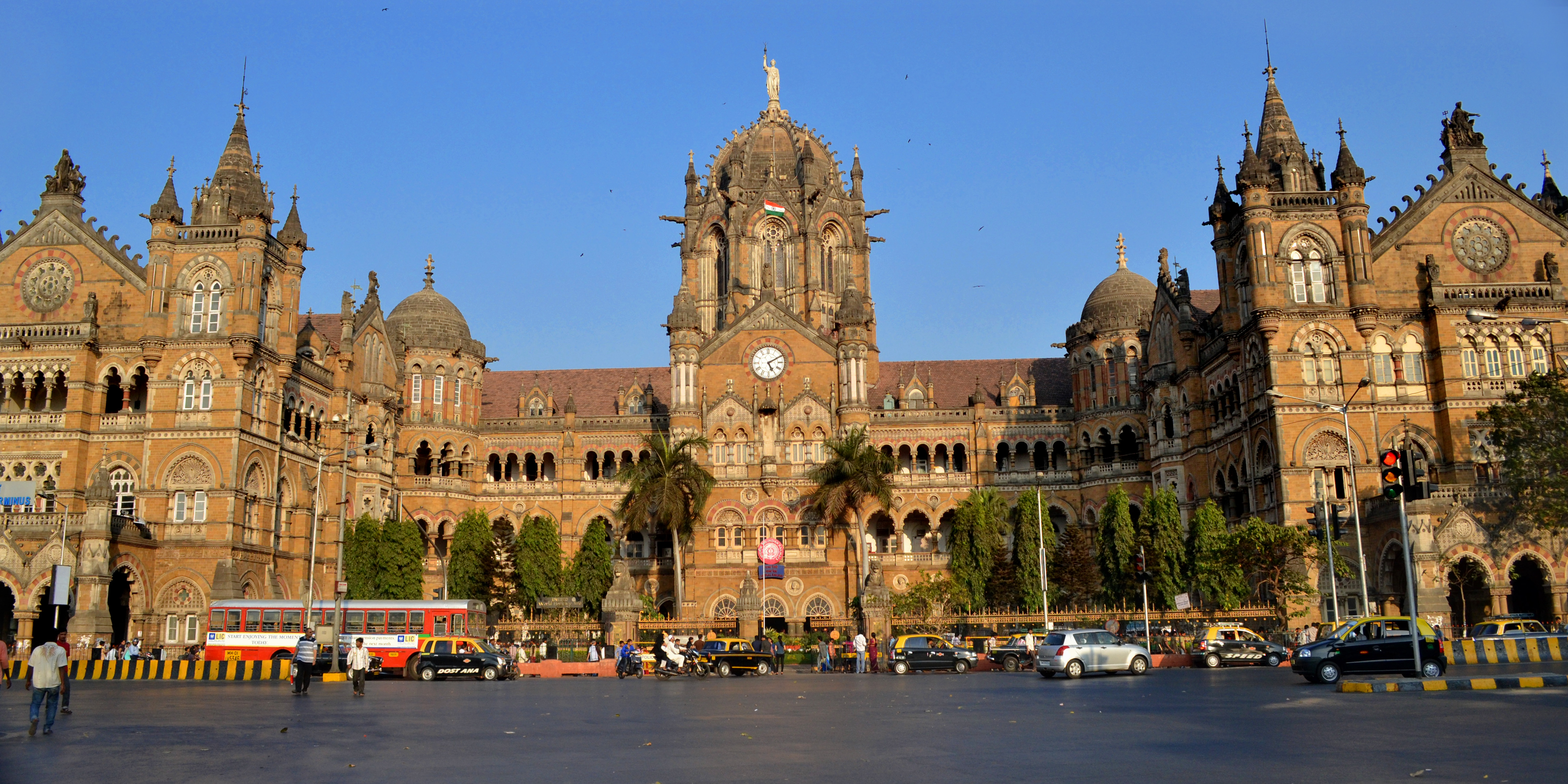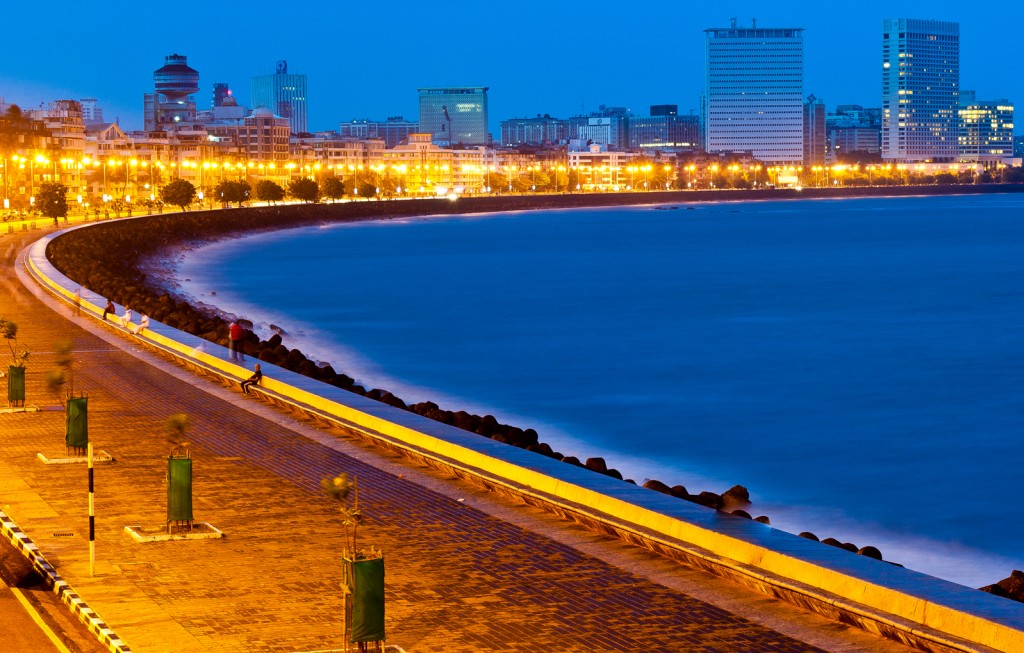Mumbai is one of the most frequented destinations not only by local tourists, but also among foreign visitors in India. The charm that the city exudes is enough to capture the heart of many. The colonial hangover of the southern tip of the city is still worth capturing through one’s eyes and even with cameras. Plenty of structures dating back to the British Bombay presidency rule the area and reminds one of the rich histories of the capital state of the state of Maharashtra in India.

One can start a walk right after alighting at the Chhatrapati Shivaji Terminus, which itself is a huge structure built by the British. Erstwhile named as the Victoria Terminus, this is the place from where the first train of the country chugged off to neighboring suburb of Thane in the year 1853. Sure, the interior of the terminus station has seen many changes over the years but the exterior is still preserved in the grand architectural style which oozes of Victorian architecture, of which the British were so notoriously famous for. This place was also the site of terror attacks in November 2008 when a couple of armed terrorists shot down many tourists and local travelers.

The next destination can be the market place of Fort, where things ranging from anything to everything are available for one to buy. Whether you want to buy stationery or camera accessories, or whether you want to dine out or visit the head office of a bank, or whether you just want to while away your time while sipping sugarcane juice from the Jumbo glasses which are a specialty of this area, this place has everything. It is in fact the best place to take in the hustle and bustle of this city which has earned it the tag of ‘a city that never sleeps’.
Walking past Fort area, one can make ones way to Chhatrapati Shivaji Vastu Sangrahalaya, erstwhile known as the Prince of Wales Museum. This museum is another example of great Victorian architecture and houses many objects and artifacts of great local interest. The place was renamed on the great Maratha ruler in the 1990s when the Terminus station was also renamed and the city, erstwhile known as Bombay received its current name. These new names are the courtesy of a political party that sought to free the city from its colonial hangover by bringing in local names that each resident needs to be proud of.
One can further make ones way towards the Taj Hotel, which is another unique architectural delight. Known as one of the most luxurious hotels in India, it is owned by the Tata group and was also targeted by terrorists at the same time the Chhatrapati Shivaji Terminus was targeted in November 2008. Adjacent to the Grand Taj Hotel is a tower which is an extension of the property in a modern avatar. All rooms face the sea and there are quite a few restaurants which serve cuisines from around the world.

Bang opposite the Taj Hotel is the Gateway of India. This was erected by the British to welcome the then Queen on her first visit to the colony and as she landed on to the Indian subcontinent at this port, the gate erected, received its name as the Gateway of India. At present the gateway is only an arch which has been cordoned off because sometime in the past there were instances of graffiti in the inside walls along with discarding waste papers, packets and leftover snacks. One also has the option of taking a ride on one of the many steamers to get a view of the Gateway and the Taj Hotel from the sea, just as the Queen had on her way to India, centuries ago.
A short distance away is the Marine Drive, also known as the Queen’s Necklace. The yellow halogen lamps that illuminate the stretch of land around the sea looks like a necklace if seen from the aerial vantage point. The promenade is great for a walk as the cool sea breeze makes it very comfortable at any time during the day. The place also provides for many photography opportunities.
